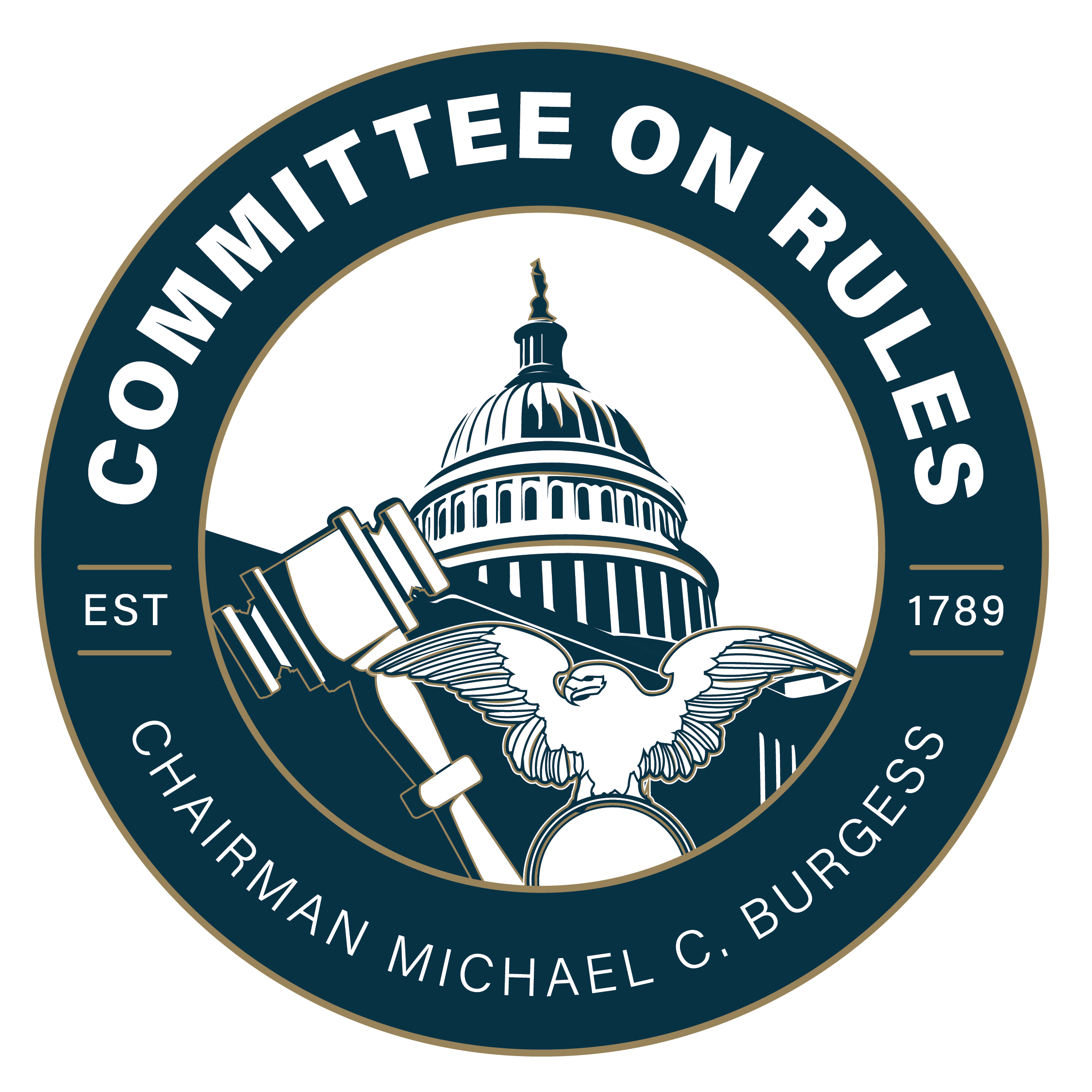The Committee on Rules is amongst the oldest standing committees in the House, having been first formally constituted on April 2, 1789. The Committee is commonly known as “The Speaker’s Committee” because it is the mechanism that the Speaker uses to maintain control of the House Floor, and was chaired by the Speaker until 1910. Because of the vast power wielded by the Rules Committee, its ratio has traditionally been weighted in favor of the majority party, and has been in its “2 to 1” (9 majority and 4 minority members) configuration since the late 1970s.
The Rules Committee has two broad categories of jurisdiction: special orders for the consideration of legislation (known as “special rules” or “rules”) and original jurisdiction matters. A special rule provides the terms and conditions of debate on a measure or matter, consideration of which constitutes the bulk of the work of the Rules Committee. The Committee also considers original jurisdiction measures, which commonly represent changes to the standing rules of the House, or measures that contain special rules, such as the expedited procedures in trade legislation.
The Committee has the authority to do virtually anything during the course of consideration of a measure, including deeming it passed. The Committee can also include a self- executed amendment which could rewrite just parts of a bill, or the entire measure. In essence, so long as a majority of the House is willing to vote for a special rule, there is little that the Rules Committee cannot do.

